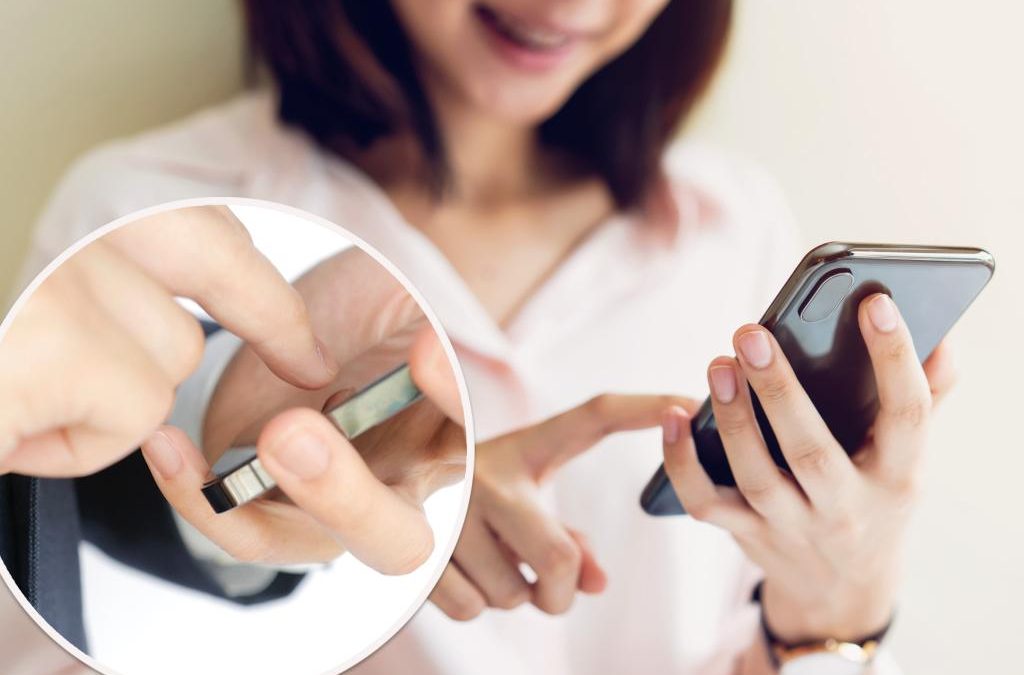It’s handy to know what your iPhone is doing to your digits.
Techies and smartphone users fear that their mobile devices, when pressing down on their pinky during normal phone use, are leaving a mark or indentation on the pinky — otherwise known as “iPhone finger.”
The iOS-inspired conspiracy was recently discussed on “The TJ Show,” where hosts became convinced the pinky they use to support their phones had a noticeable divet, appearing to differ from the appendage on the opposite hand.
However, the alleged birth of the seeming dent — also known as “smartphone pinky,” among other monikers — was tossed aside by experts.
In other words, don’t expect it to drive people back to the days of flip phones.
“Most of these images [of indents or gaps] don’t highlight a problem. They show typical pinky anatomy, which can vary widely,” said Dr. Peter Evans, an orthopedic surgeon with the Cleveland Clinic.
Occupational therapist April Hibbeler and hand surgeon Dr. Michael Geary of Ortho Carolina agree.
In an explanation about the “musculoskeletal ‘phenomenon,’” they added that there is no official diagnosis for “iPhone finger.”
“It’s also possible that people who think they have smartphone pinky could have an underlying condition,” added Evans. “Constant cellphone use can cause a range of joint problems. While some claims of injury might be overstated, others are real and involve serious, long-term damage.”
He warned that some of these include clinodactyly, a genetic finger malformation causing the tip of the pinky to bend close to the ring finger.
There is also Dupuytren’s contracture, when thick cords form beneath the skin over years and yank fingers close to the palm.
Evans emphasized that there is no indication smartphone use contributes to the latter. However, he does warn of a few phone-related medical conditions that can arise.
Beware of these text-related injuries
Although smartphone pinky appears debunked, the surgeon says “smartphone elbow” — known medically as cubital tunnel syndrome — is quite real.
It happens to people who bend their elbow beyond 90 degrees in long durations, commonly to text.
“Tingling or numbness in your pinky could also signal” the condition known to cause nerve damage.
Thumbs down
Additionally, Evans says to be on guard for the dreaded “texting thumb” or neck.
“Your thumb joints aren’t made to text and swipe all day long,” he said.
“Overuse can aggravate underlying conditions, like arthritis, or cause new problems in the thumb tendons.”
Watch that tilt
As for one’s neck, Evans noted that a “head weighs around 10 to 12 pounds,” which should be of concern when downward gazing at a smartphone.
“When you look down, you increase the load on your neck muscles. This added pressure can cause muscle pain and spasms.”
Hibbeler and Geary also advise that smartphone use can exacerbate trigger finger and carpal tunnel syndrome.
Source




